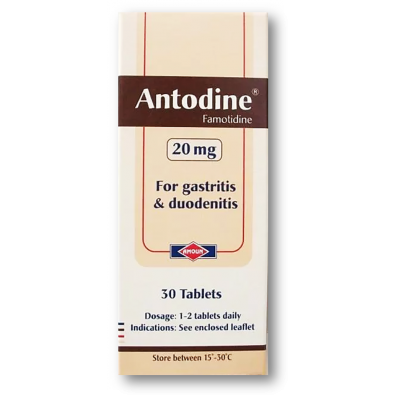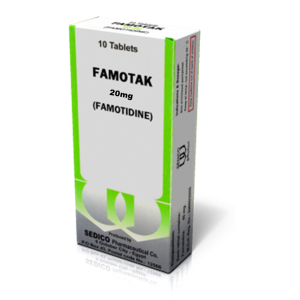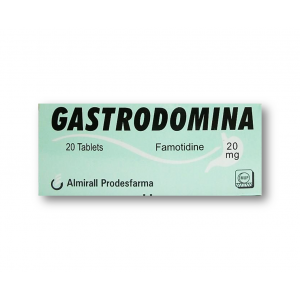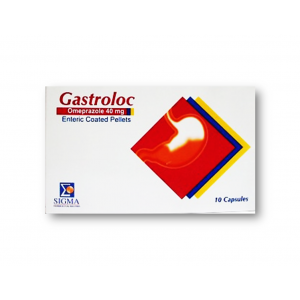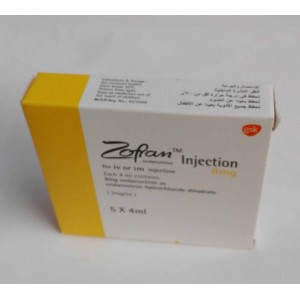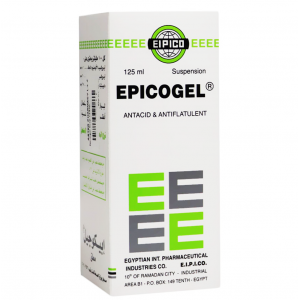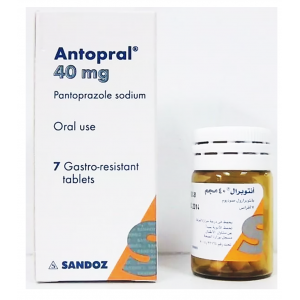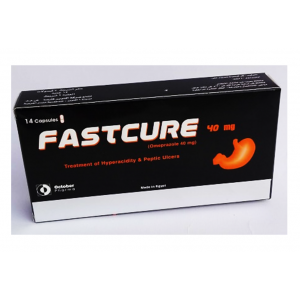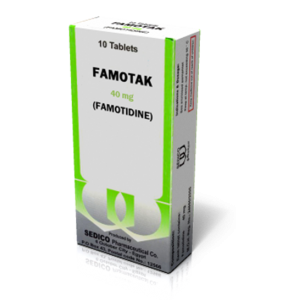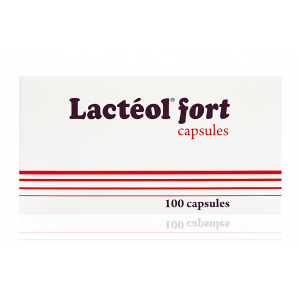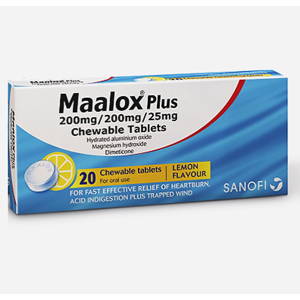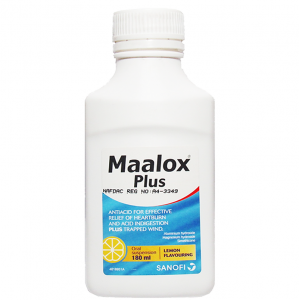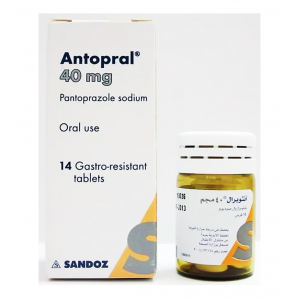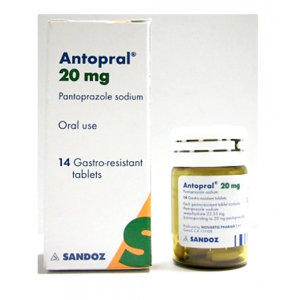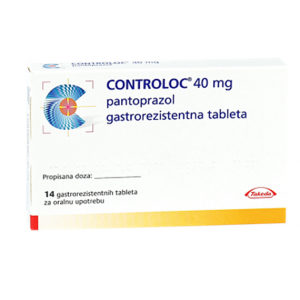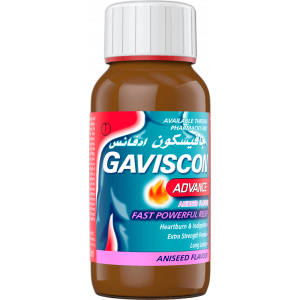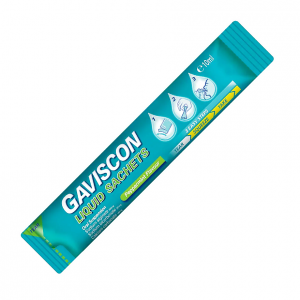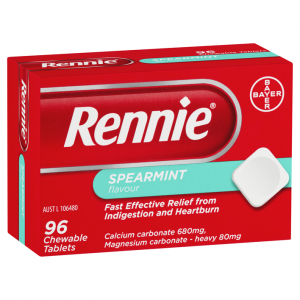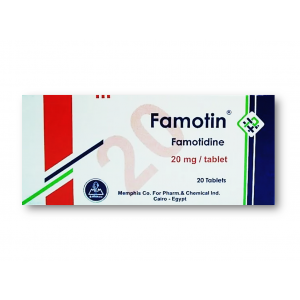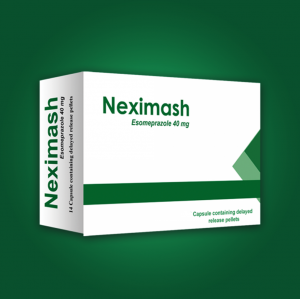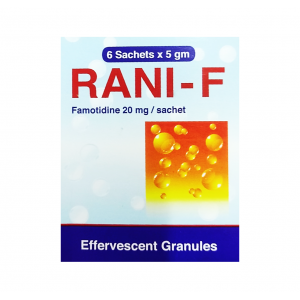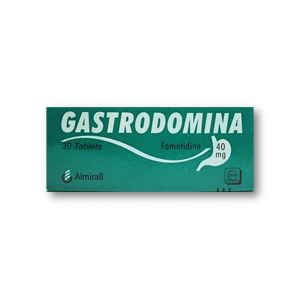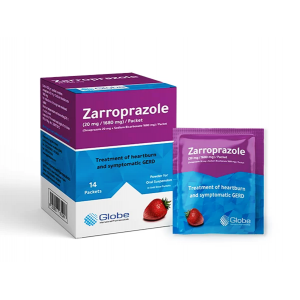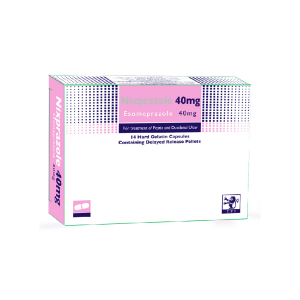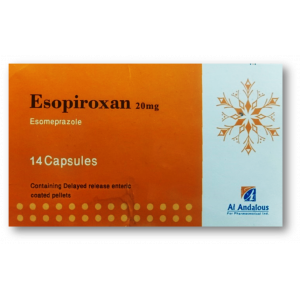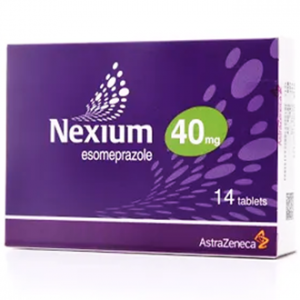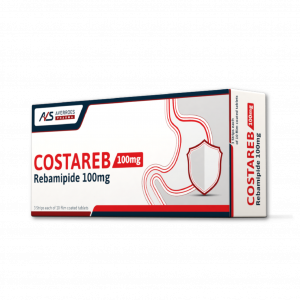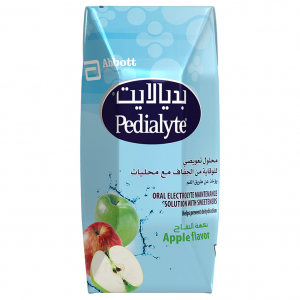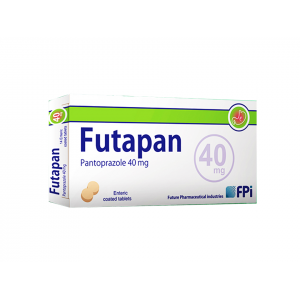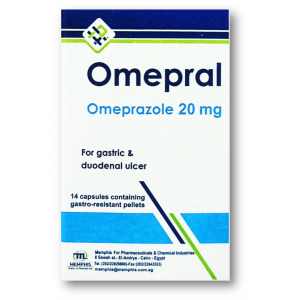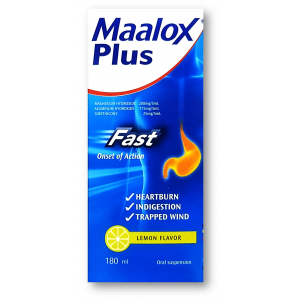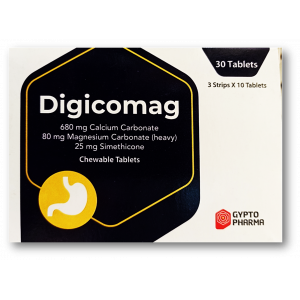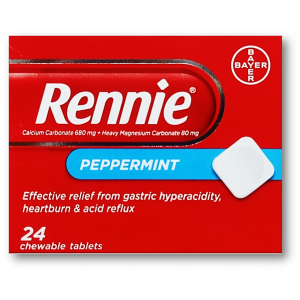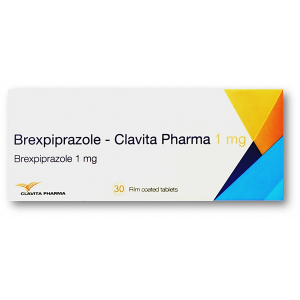- Anti-hestaminic & Respiratory Drugs (14)
- Anti-inflammatory Drugs (133)
- Baby & Mom (1112) +-
- Baby & Mom > Bath, skin & Hair > Skin Care > wibes (47)
- Beauty (2387) +-
- Beauty > Skin Care > whitening (230)
- Chemotherapy & Immune Response (263) +-
- Chemotherapy & Immune Response > ANTI-FUNGAL (2)
- Chemotherapy & Immune Response > Chemotherapeutic Agents > Hormone Antagonists >Enzyme Inhibitors (85)
- CIRCULATORY DISTURBANCE AGENTS (15)
- CORTECOSTEROIDS (6)
- Diet & Fitness Products (186) +-
- DRUG AFFECTING CENTRAL NERVOUS SYSTEM (138)
- Drugs affecting CNS >Anti- epileptic (46)
- LIVER SUPPORT>MULTIVITAMINS (22)
-
Medical Supplies (445)
+-
- Chemicals & Disinfectants (18)
- Dental Supplies (31)
- Devices & Instruments (7)
- Diabetic Supplies (91)
- General Medical Supplies (21)
- I.V & Medical Solution (0)
- Intensive Care Unit & Anesthesia Supplies (0)
- Kindney Unit Supplies (13)
- Lab Supplies (1)
- Miscellaneous (22)
- Neonatal Unit Supplies (0)
- Operation Room Supplies (4)
- Sanitary (5)
- Sterilization Supplies (0)
- Surgical Sutures (4)
- Syringes (2)
-
Medicines & Health (2163)
+-
- Allergy & Sinus (84)
- Children's Health Care (46)
- Cough, Cold & Flu (257)
- Digestive Health & Nausea (178)
- Ear, Nose & Throat Care (148)
- Eye Care (102)
- Feminine Care (283)
- Foot Care (3)
- Orthopaedic Appliances (0)
- Pain Relief & Management (180)
- Pill Organizer (0)
- Skin Treatments (633)
- Sleep & Snoring Aids (0)
- Support & Braces (7)
- Medicines & health > Gout releif (34)
- Natural & Organic Products (58) +-
- OTC > Analgesics > Anti-inflammatory Drugs (32)
-
Personal Care (2688)
+-
- Bath & Body (214)
- Deodorant & Anti-perspirants (159)
- Ear, Nose & Throat Care (141)
- Eye Care (108)
- Feminine Care (317)
- Foot Care (10)
- Hair Care (346)
- Home Tests & Monitorings (14)
- Incontinence (7)
- Lip Care (19)
- Massage & Relaxation (14)
- Natural & Organic Personal Care (6)
- Oral Care (76)
- Pregnancy & Fertility (52)
- Shaving & Grooming (55)
- Sun Care (52)
- Prescribtion drugs > cardiovascular system > Hypertention drugs (201)
-
Prescription Drugs (2157)
+-
- Analgesics (149)
- Cardiovascular System (273)
- Drugs Affecting CNS (155)
- Drugs Affecting Musculoskeletal System (46)
- Drugs Used In Infections (28)
- Ear & Nose Drugs (2)
- Endocrine System (124)
- Gastrointestinal Tract (178)
- Gastrointestinal Tract (165)
- Miscellaneous (2)
- Nutrients & Blood Electrolytes (0)
- Obstetric & Gynaecology Disorders (1)
- Respiratory System (96)
- Topical Preparations (21)
- Urinary Tract Disorders (12)
- Vaccines (0)
- Prescription Drugs > Cardiovascular System > Anti-hypertensive drugs > Duiretics > Loop duiretics (41)
- prescription drugs > cardiovascular system >Anti-hypertensive drugs > duiretics > Aldosterone antagonist duiretics (62)
- prescription drugs > cardiovascular system >Anti-hypertensive drugs > duiretics > duiretic combinations (59)
- prescription drugs > cardiovascular system >Anti-hypertensive drugs > duiretics > loop duiretics (59)
- Prescription Drugs > Gastrointestinal Tract > Liver treatment (46)
- Sexual Wellness (165) +-
- strong anti-emetic & adjuvent used with anti-neoplastic (1)
- Vitamins & Minerals Supplements (393)
- Vitamins & Supplements> folic acid (1602) +-
Ex Tax: 36EGP
Example
You can return the product within 14 days of purchase.
ReturnsYou can return the product within 14 days of purchase.

Antodine 20 mg ( Famotidine ) 30 film-coated tablets
Composition:
Tablets: Each tablet contains 20 or 40 mg famotidine
Indications And Usage:
Antodine® is indicated in: - Short-term treatment of active duodenal ulcer. - Maintenance therapy for duodenal ulcer patients at reduced dosage after healing of an active ulcer. - Short-term treatment of active benign gastric ulcer. - Short-term treatment of gastroesophageal reflux disease (GERD), also is indicated for short-term treatment of esophagitis due to GERD including erosive or ulcerative disease diagnosed by endoscopy . - Treatment of pathological hypersecretory conditions (e.g., Zollinger-Ellison Syndrome, multiple endocrine adenomas)
Contraindications:
Hypersensitivity to any component of these products.
Adverse Reactions:
The following adverse reactions have been reported to occur in more than 1% of patients on therapy with Antodine® in controlled clinical trials, and may be causally related to the drug: headache (4.7%), dizziness (1.3%), constipation (1.2%) and diarrhea (1.7%).
Dosage & Administration:
- Duodenal Ulcer Acute Therapy: The recommended adult oral dosage for active duodenal ulcer is 40 mg once a day at bedtime. Most patients heal within 4 weeks; there is rarely reason to use Antodine® at full dosage for longer than 6 to 8 weeks. A regimen of 20 mg b.i.d. is also effective. - Maintenance Therapy: The recommended adult oral dose is 20 mg once a day at bedtime. Benign Gastric Ulcer Acute Therapy: The recommended adult oral dosage for active benign gastric ulcer is 40 mg once a day at bedtime. - Gastroesophageal Reflux Disease (GERD) The recommended oral dosage for treatment of adult patients with symptoms of GERD is 20 mg b.i.d. for up to 6 weeks. The recommended oral dosage for the treatment of adult patients with esophagitis including erosions and ulcerations and accompanying symptoms due to GERD is 20 or 40 mg b.i.d. for up to 12 weeks . Pathological Hypersecretory Conditions (e.g., Zollinger-Ellison Syndrome, Multiple Endocrine Adenomas) The recommended adult oral starting dose for pathological hypersecretory conditions is 20 mg q 6 h. Doses up to 160 mg q 6 h have been administered to some adult patients with severe Zollinger-Ellison Syndrome.
Drug Interactions:
No drug interactions have been identified. Pregnancy: Pregnancy Category B Nursing Mothers: Famotidine is detectable in human milk. Because of the potential for serious adverse reactions in nursing infants, a decision should be made whether to discontinue nursing or discontinue the drug, taking into account the importance of the drug to the mother.
How Supplied:Tablets:
Strips of 10 tablets in packs of 2 strips (20 mg), or 2 or 3 strips of (40 mg).
Clinical Pharmacology In Adults:
GI Effects Antodine® is a competitive inhibitor of histamine H2-receptors. The primary clinically important pharmacologic activity of Antodine® is inhibition of gastric secretion. Antodine® inhibited basal and nocturnal gastric secretion, as well as secretion stimulated by food and pentagastrin. After oral administration, the onset of the antisecretory effect occurred within one hour; the maximum effect was dose-dependent, occurring within one to three hours. Duration of inhibition of secretion by doses of 20 and 40 mg was 10 to 12 hours.
Other Effects:Systemic effects of Antodine® in the CNS, cardiovascular, respiratory or endocrine systems were not noted in clinical pharmacology studies. Also, no antiandrogenic effects were noted. Serum hormone levels, including prolactin, cortisol, thyroxine (T4), and testosterone, were not altered after treatment with Antodine®
Pharmacokinetics:Antodine® is incompletely absorbed. The bioavailability of oral doses is 40-45%. Antodine® undergoes minimal first-pass metabolism. After oral doses, peak plasma levels occur in 1-3 hours. Plasma levels after multiple doses are similar to those after single doses. Fifteen to 20% of Antodine® in plasma is protein bound. Antodine®has an elimination half-life of 2.5-3.5 hours. Antodine® is eliminated by renal (65-70%) and metabolic (30-35%) routes.
Precautions:
General Symptomatic response to therapy with Antodine® does not preclude the presence of gastric malignancy. Patients with Moderate or Severe Renal Insufficiency Since CNS adverse effects have been reported in patients with moderate and severe renal insufficiency, longer intervals between doses or lower doses may need to be used in patients with moderate (creatinine clearance <50 mL/min) or severe (creatinine clearance <10 mL/min) renal insufficiency to adjust for the longer elimination half-life of famotidine.
Write a review
Your Name:Your Review: Note: HTML is not translated!
Rating: Bad Good
Enter the code in the box below:

